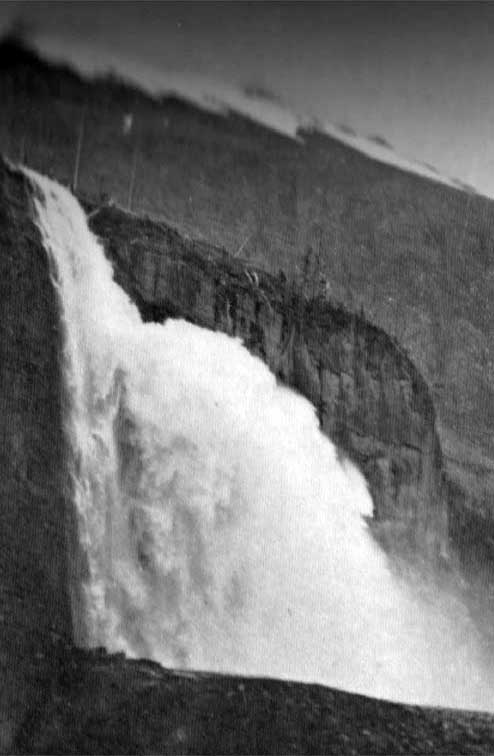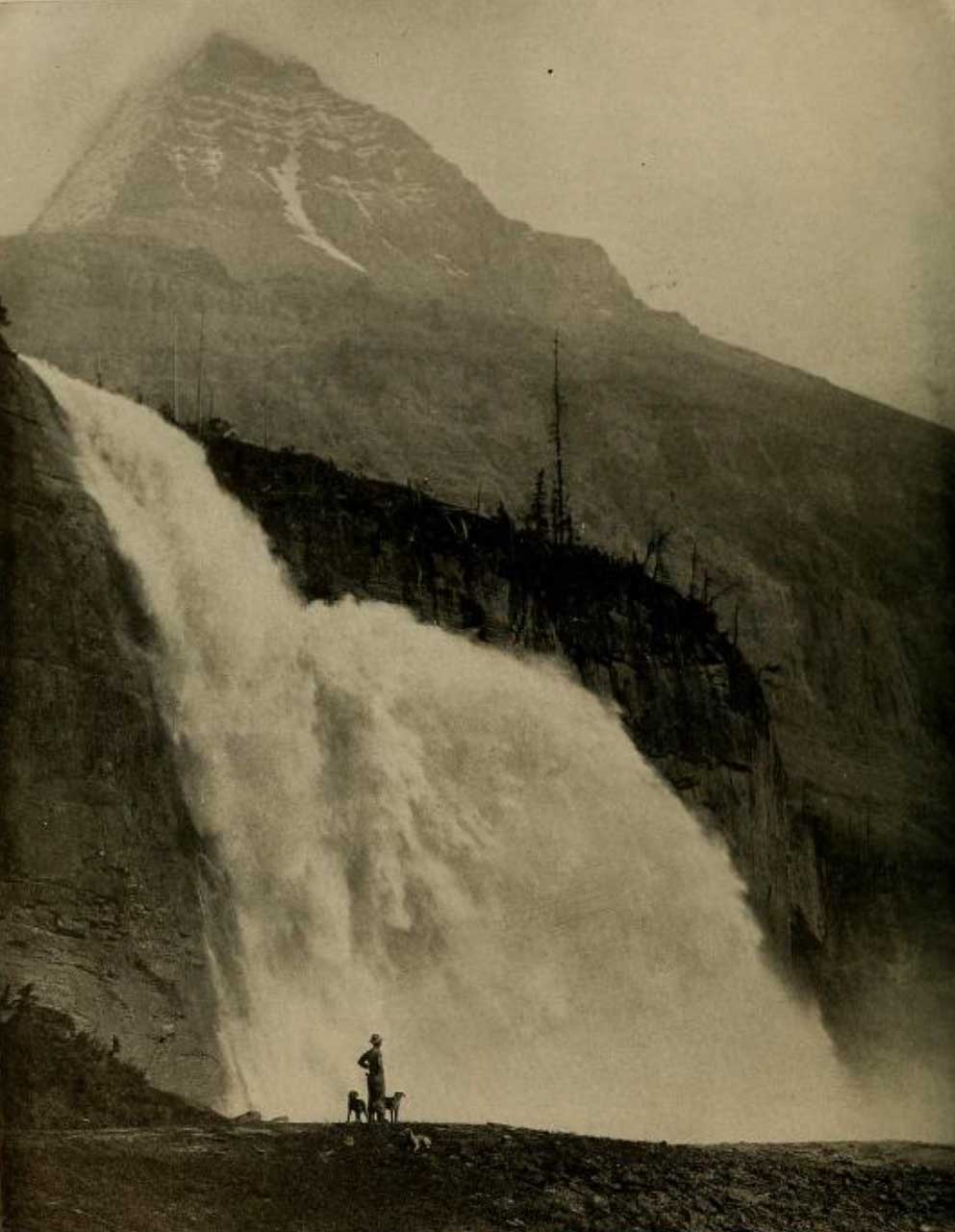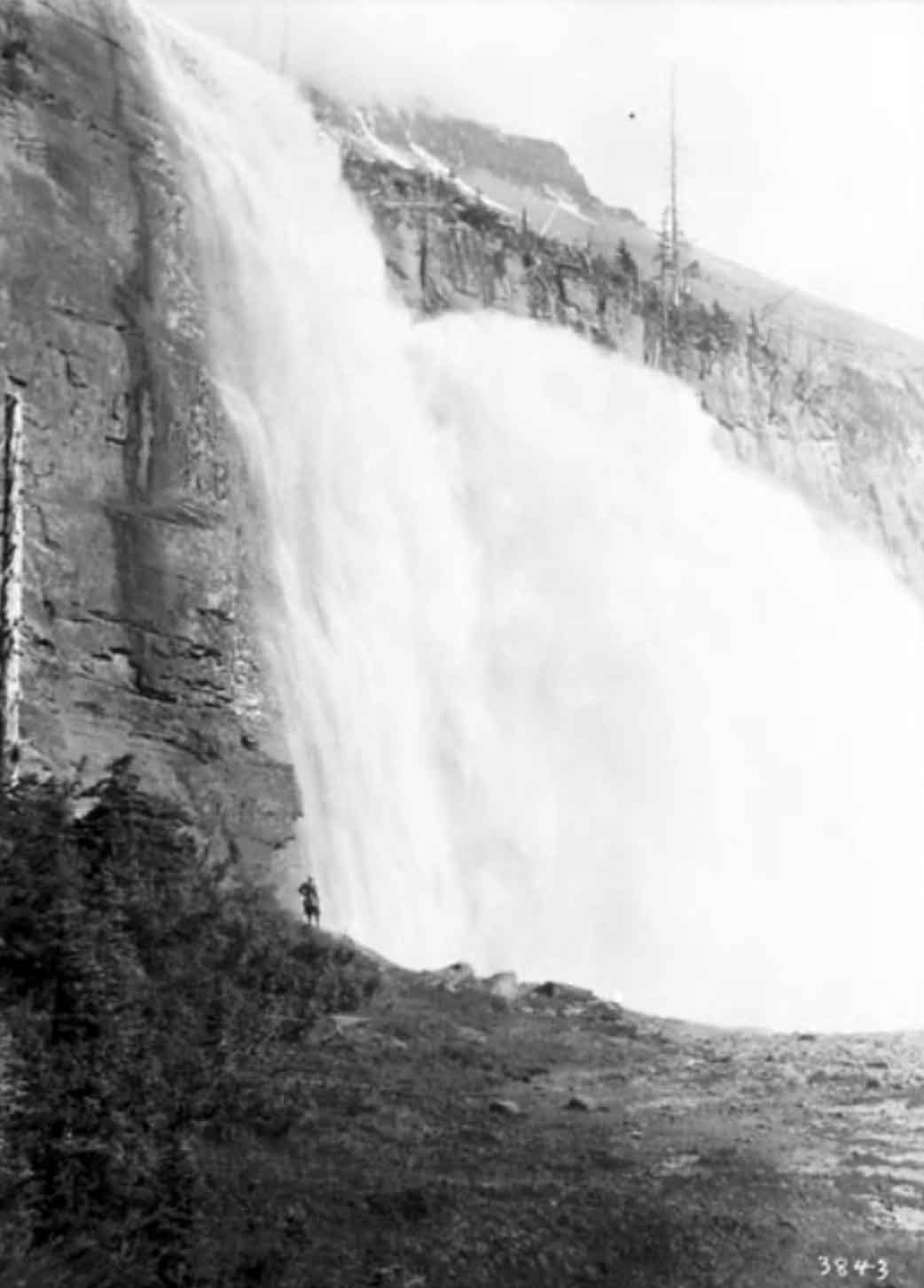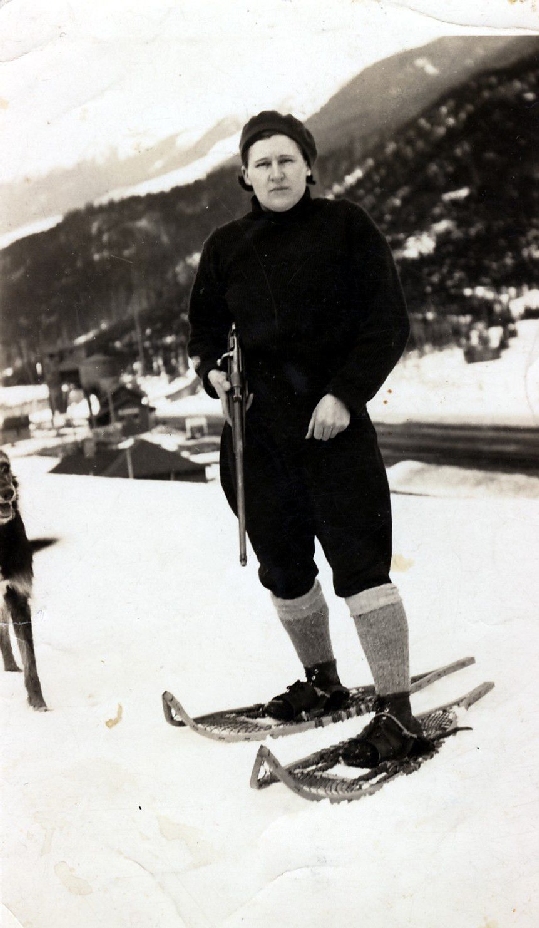Alta-BC boundary, SE of Athabasca Pass
52.4167 N 118.05 W — Map 83D/8 — Google — GeoHack — Bivouac
Name officially adopted in 1921
Official in BC – Canada
Elevation: 3073 m
Boundary Commission Sheet 26 (surveyed in 1920) [As “Mt. Ermatinger”]
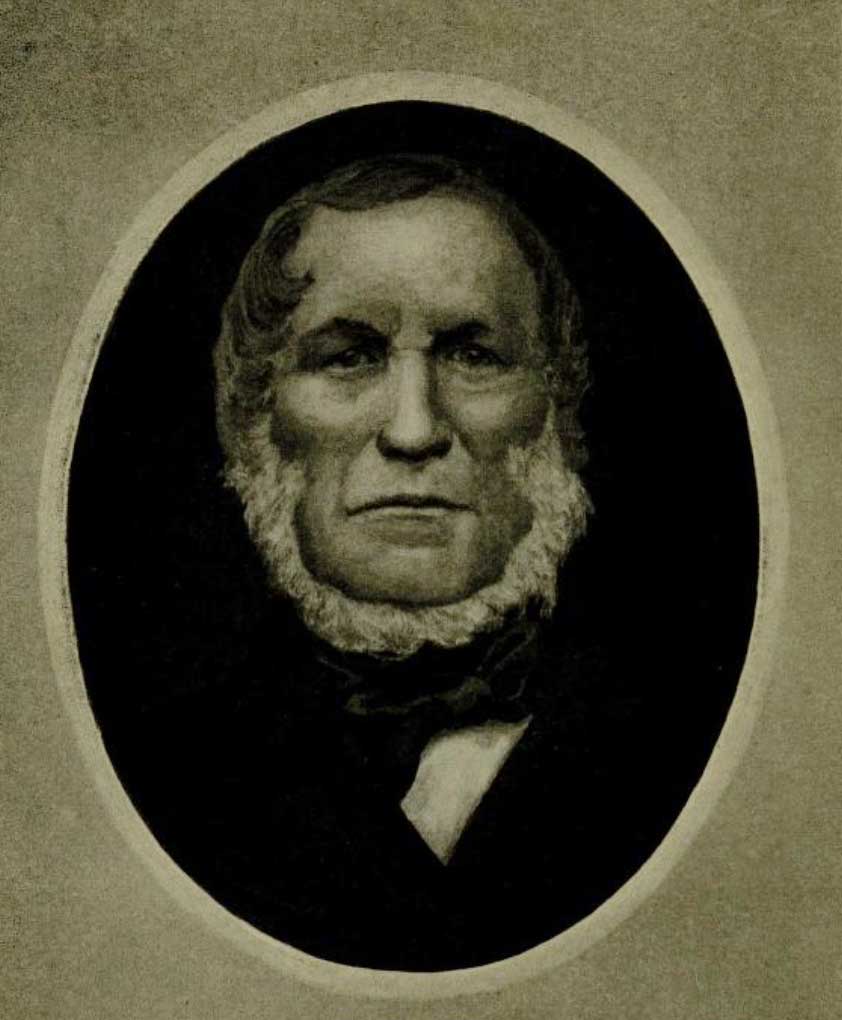
Edward Ermatinger
York Factory Express Journal
The name commemorates fur trader Edward Ermatinger (1797–1876), who was born on the Mediterranean island of Elba where his father was employed by the British Army. Ermatinger was educated in England, and in 1818 apprenticed to Hudson’s Bay Company . In 1825 he was posted to the Columbia Department, which then included New Caledonia. He remained in the service of the HBC for ten years, and in 1830 retired to St. Thomas, Upper Canada.
- Ermatinger, Edward [1797–1876]. Edward Ermatinger’s York Factory express journal, being a record of journeys made between Fort Vancouver and Hudson Bay in the years 1827–1828. Ottawa: Transactions of the Royal Society of Canada, 1912. Internet Archive
- Wallace, W. Stewart. MacMillan Dictionary of Canadian biography. Toronto: MacMillan, 1978
- Wikipedia. Edward Ermatinger
